Noodles: A Culinary Odyssey from Ancient Roots to Global Phenomenon

Noodles, with their versatile forms and delectable flavors, have become an indispensable part of cuisines around the world. These delightful strands of dough have a fascinating history that spans thousands of years, traversing cultures and continents. In this blog, we embark on a savory journey through time to explore the origin and evolution of noodles, uncovering the cultural significance and culinary innovations that have made them a cherished culinary treasure.
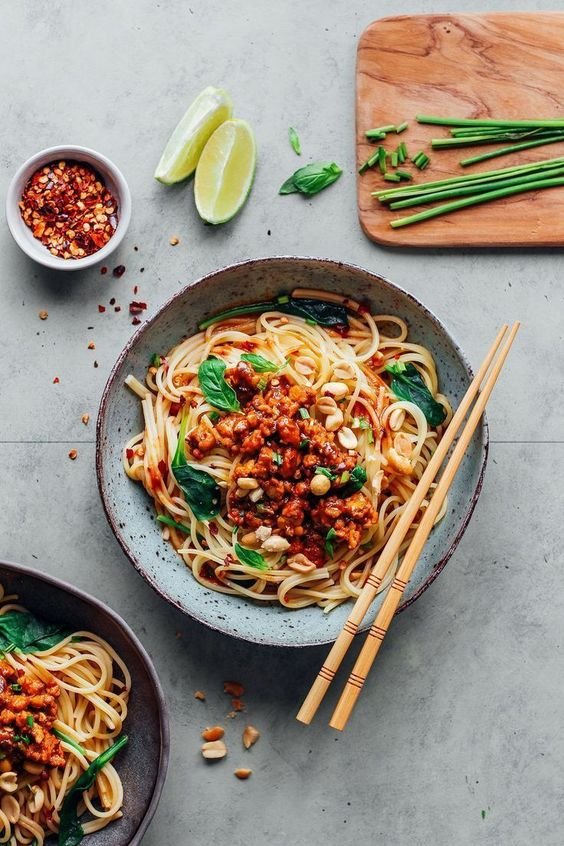
Ancient Beginnings
The story of noodles begins in ancient China, where they are believed to have originated over 4,000 years ago. According to historical records, the Chinese were early pioneers in the art of making noodles. The Chinese word for noodles, “miàn” (面), has been documented in ancient texts, highlighting the early existence of this culinary delight.
1. The Legend of Emperor Xuanyuan: According to Chinese legend, the Yellow Emperor, Xuanyuan, was the first to invent noodles. While observing his court chefs, he noticed that thin strands of dough fell into a pot of boiling water. Curious about the result, he tasted the cooked strands and found them to be delicious, thus giving birth to the concept of noodles.
2. Noodles on the Silk Road: The Silk Road, a vast network of trade routes connecting China with the Mediterranean, played a crucial role in the spread of noodles to other regions. As travelers and traders journeyed along the Silk Road, they carried the art of noodle-making with them, introducing noodles to Central Asia, the Middle East, and eventually Europe.
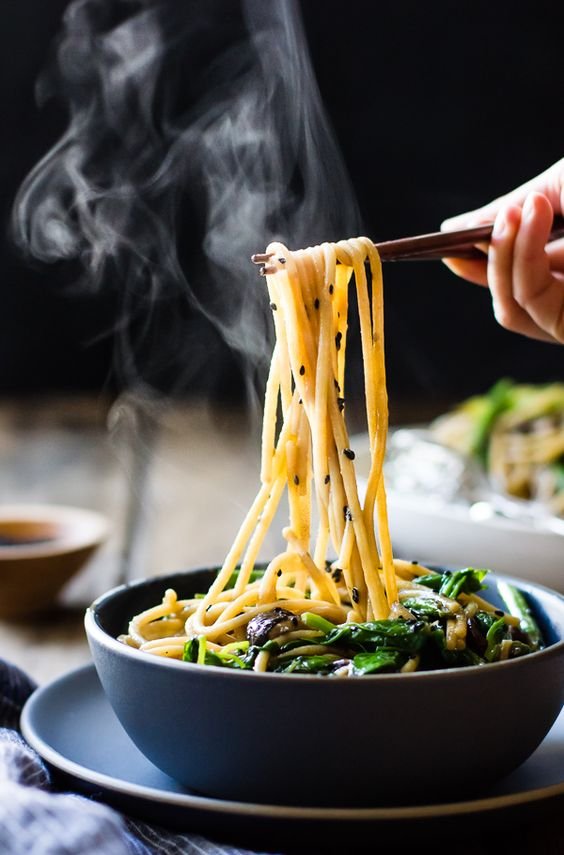
Noodles Around the World
As noodles traveled along the Silk Road, they underwent fascinating transformations in different regions, adapting to local ingredients and cultural preferences. Here are some notable examples of how noodles evolved across the world:
1. Middle East: The Middle Eastern region developed its own variation of noodles known as “itriyya” or “itriyyat.” Introduced by traders from the Silk Road, itriyya became a popular ingredient in various Middle Eastern dishes, eventually evolving into the pasta we know today.
2. Central Asia: In Central Asia, noodles took on various shapes and names. In Uzbekistan, “laghman” noodles are long and hand-pulled, while in Kyrgyzstan, “beshbarmak” is a traditional dish made with flat noodles and meat.
3. Italy: The influence of noodles reached Europe through the Silk Road, leading to the emergence of pasta in Italy. Italian pasta took on diverse shapes and forms, with each region developing its signature dishes, from spaghetti in the south to tagliatelle in the north.
4. Japan: Noodles, known as “udon,” “soba,” and “ramen,” became a staple in Japanese cuisine. Udon and soba are made from wheat flour, while ramen noodles are made from wheat and kansui (alkaline mineral water).
5. Southeast Asia: Noodles found their way to Southeast Asia, where they became an essential part of the region’s cuisine. Iconic dishes like pad Thai in Thailand, pho in Vietnam, and mee goreng in Indonesia showcase the diverse range of flavors and preparations.
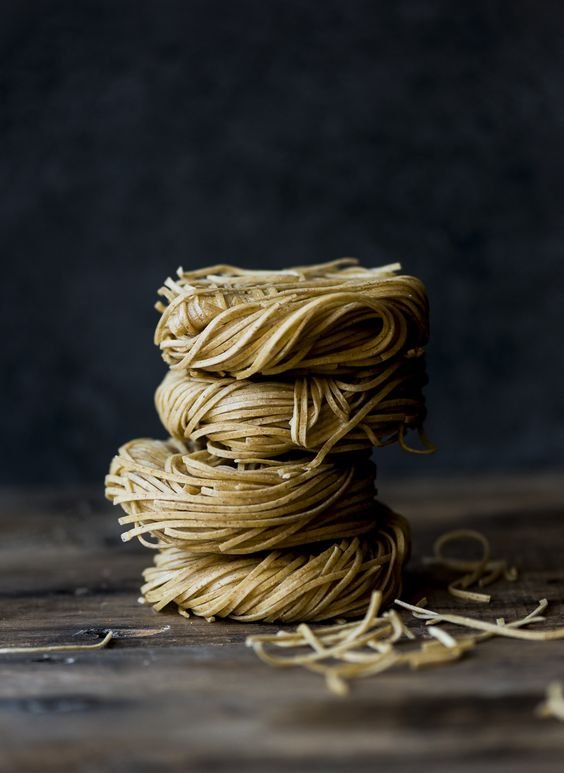
The Art of Noodle Making
The art of noodle-making has been passed down through generations and is deeply rooted in tradition and craftsmanship. The process of making noodles varies depending on the type of noodle and the cultural practices of each region. Here are some common methods:
1. Hand-Pulled Noodles: Hand-pulled noodles, a specialty in China, require tremendous skill and practice. The dough is repeatedly stretched and folded to create long, elastic strands that form the basis of various noodle dishes.
2. Knife-Cut Noodles: In some regions, noodles are made by hand and cut with a knife, resulting in irregular and rustic shapes. These noodles are often used in hearty soups and stews.
3. Machine-Extruded Noodles: With technological advancements, modern noodle-making has been revolutionized by the use of machines that extrude and cut noodles into consistent shapes and sizes.
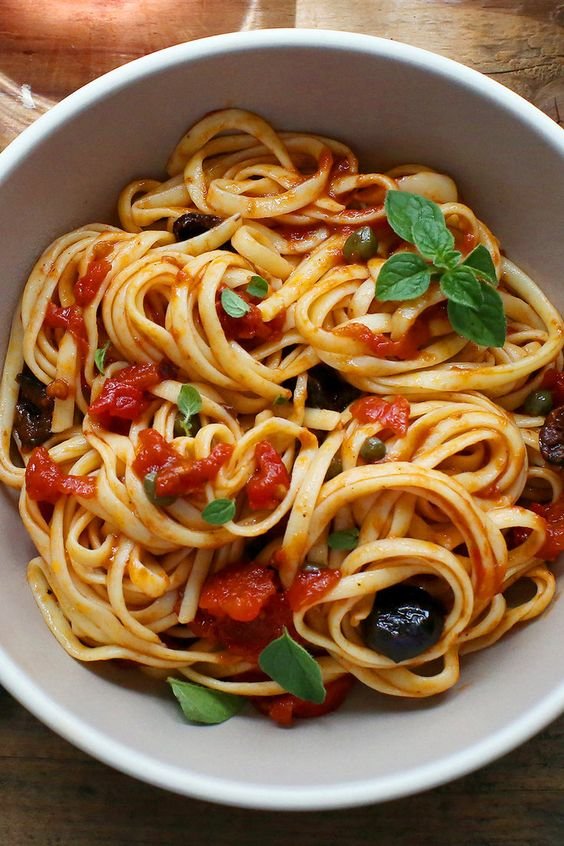
Noodles in Global Cuisine
As noodles continue to travel the world and influence diverse cuisines, they have become a beloved comfort food, loved by people of all ages. Let’s explore some iconic noodle dishes from different regions:
1. Chinese Chow Mein: A popular stir-fried noodle dish featuring thin egg noodles with vegetables and meat, often served with a savory sauce.
2. Japanese Ramen: A soul-soothing bowl of broth, paired with wheat noodles, and topped with various ingredients such as sliced pork, soft-boiled eggs, and seaweed.
3. Italian Spaghetti Bolognese: Spaghetti, a classic Italian pasta, served with a rich and flavorful Bolognese sauce made with minced meat, tomatoes, and herbs.
4. Vietnamese Pho: A fragrant and hearty soup with rice noodles, garnished with thinly sliced beef, fresh herbs, and bean sprouts.
5. Thai Pad Thai: A mouthwatering combination of rice noodles stir-fried with eggs, tofu, shrimp, or chicken, and flavored with tamarind sauce, peanuts, and lime.

The Modern Noodle Craze
In the modern culinary landscape, noodles have experienced a surge in popularity, partly due to their versatility and adaptability to various diets. For health-conscious individuals, noodle alternatives made from vegetables, like zucchini noodles (zoodles) or sweet potato noodles, have become popular choices.
Moreover, the rise of international food trends has led to innovative fusion dishes that blend noodle traditions from different cultures. For example, “ramen burgers,” “phorritos” (pho burritos), and “lasagna noodles” showcase the creative fusion of flavors and textures.
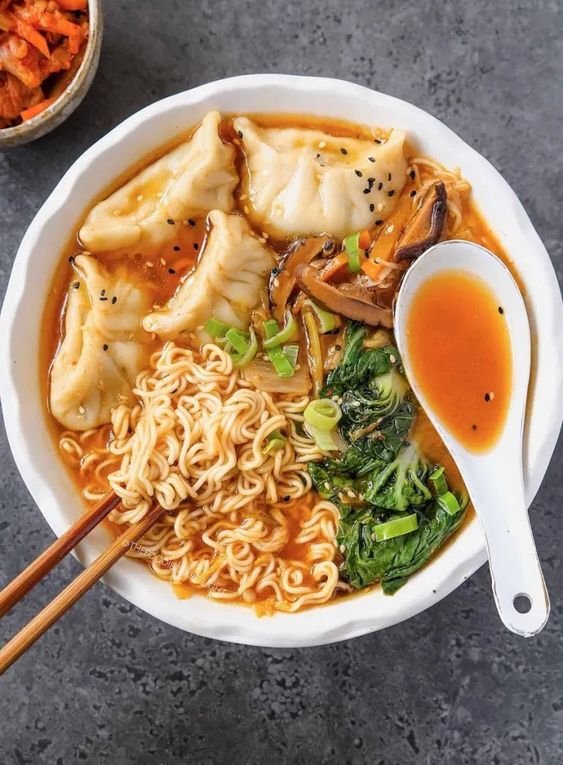
Conclusion
Noodles, with their ancient origins and worldwide influence, represent a beautiful amalgamation of history, culture, and culinary craftsmanship. From humble beginnings in ancient China to becoming a beloved global sensation, noodles have truly stood the test of time.
As we savor the diverse and delightful noodle dishes from around the world, we celebrate the artistry of noodle-making and the shared appreciation for this timeless culinary treasure. Whether enjoyed in a comforting bowl of ramen or a zesty plate of pad Thai, noodles continue to unite cultures and bring joy to dining tables worldwide.


